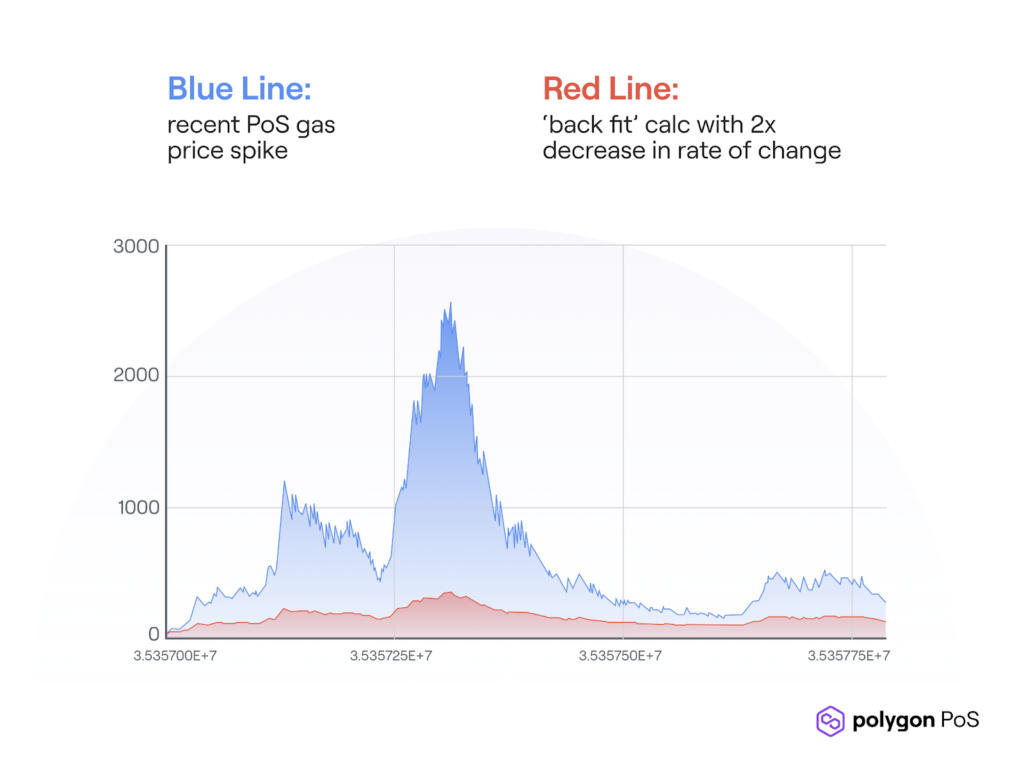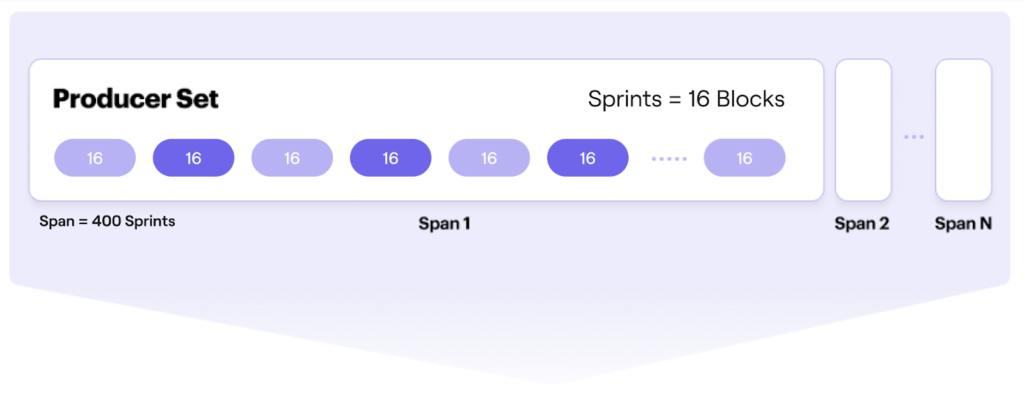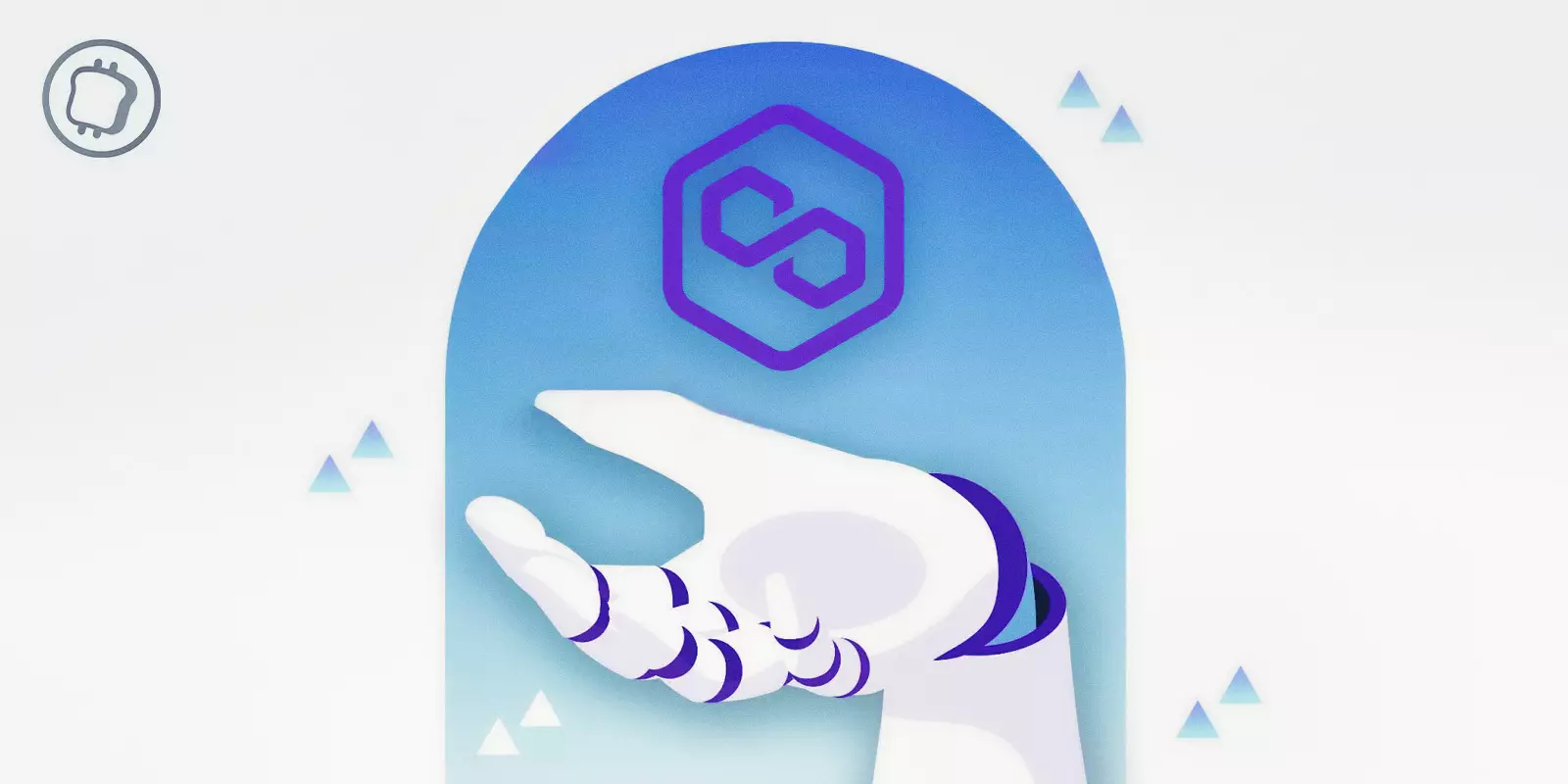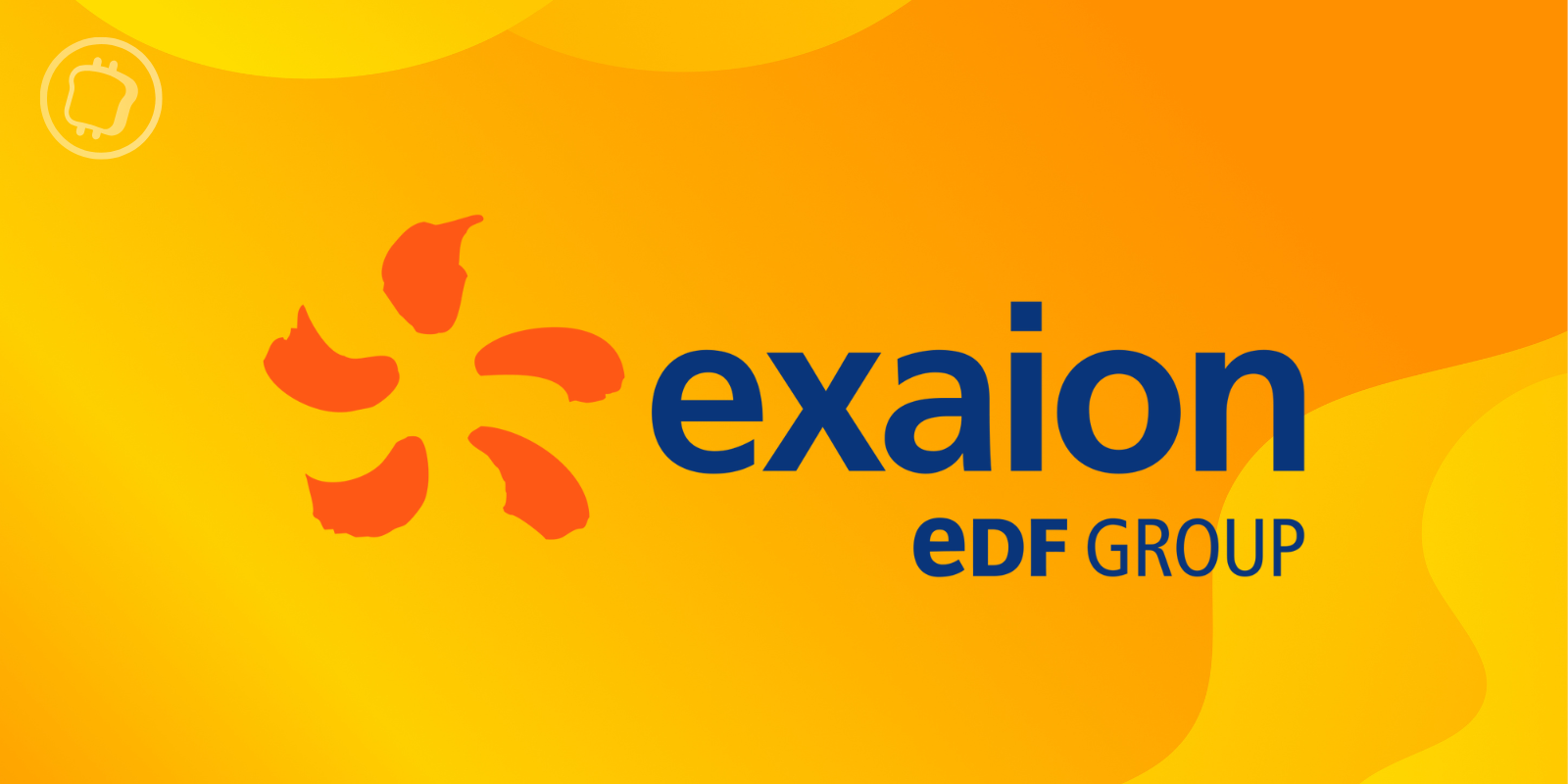The Polygon (MATIC) sidechain is preparing to perform a hard fork on January 17, in particular to optimize transaction fees on the network during peak usage. In addition, the production of blocks will be reorganized so as to be more fluid within the various validators.
New update for Polygon
While the Polygon (MATIC) sidechain continues to host its fair share of decentralized applications (dApps) and continues to establish itself as a destination of choice for most traditional players, as recently proven by its recent partnership with Mastercard, it is preparing to upgrade to maximize scalability.
So, based on different discussions within the Polygon forum and different observations, a hard fork of the sidechain will be operated tomorrow, Tuesday, January 17and validators on the network are already invited to update their nodes to the new version.
One hard forkunlike a soft fork, makes it possible to modify the rules of a network in an immutable way following a common agreement on the part of the community (DAO) and the validators. To learn more about this principle, we invite you to read our article dedicated to the difference between hard and soft fork.
The hard fork will therefore modify the consensus rules of the Polygon networkand this through the following 2 axes:
- Reduce the impact of a large number of concurrent transactions on network charges ;
- Review the organization of the sidechain in order optimize block validation time.
👉 Discover the best way to buy MATIC in 2023
The platform that simplifies trading
Buy crypto in minutes

Optimization of transaction costs
In order to resolve this first point, Polygon wishes to “smooth” the cost curves inherent in the use of the network, especially when the latter is faced with peaks of use. To do this, the “BaseFeeChangeDenominator” value will be multiplied by 2 in order to cap increases in gas in the blocks.
“For a transaction to be included in a block, a gas fee is required. […] The increase in the price of gas is normal when there is an increase in demand on any blockchain protocol. But “gas spikes,” which represent exponential price growth, are not. »

Figure 1 – Gas price in the current form of the Polygon network (in blue), then in its post fork version (in red)
According to the statement, this change should greatly reduce major price fluctuations while more respecting “the gas dynamics of Ethereum (ETH)”. In summary, during peaks on the network, the increase in transaction fees should be much lower.
👉 To deepen – What is gas (or gas) on Ethereum?
The best way to secure your cryptocurrencies 🔒
🔥 The world leader in crypto security

The reorganization of the sidechain
To simplify this mechanism which presents some rather technical aspects on the BorChain (responsible for the production of blocks on Polygon), the reorganization aims to reduce the number of blocks produced by a single validator in order to limit their impact on the purpose of the transactions.
This specificity, called sprint length will thus be greatly reduced, since block production for each validator will drop from 64 to just 16 blocks. In terms of timescale, the duration granted to the same validator will decrease from approximately 128 to 32 seconds.
 Figure 2 – Illustration of reordering blocks on Polygon
Figure 2 – Illustration of reordering blocks on Polygon
“By reducing the sprint duration, the time a validator continuously produces blocks decreases. The result ? A decrease in the risk that a secondary or tertiary validator (who has not discovered the primary validator) intervenes to produce blocks, which reduces the number of reorgs overall. »
The Polygon press release specifies that the number of blocks produced ultimately by each validator will remain unchanged, and therefore the rewards granted to them will remain the same.
The price of the MATIC is currently $0.99, which is an increase of 18% over the last 7 days.
👉 In The News – Illicit cryptocurrency transactions account for 0.24% of volume in 2022 according to Chainalysis
Aggregates prices to offer you the best
Earn up to €200 upon registration 🔥

Source: Blog
Newsletter 🍞
Receive a summary of crypto news every Monday by email 👌
What you need to know about affiliate links. This page presents assets, products or services relating to investments. Some links in this article are affiliated. This means that if you buy a product or register on a site from this article, our partner pays us a commission. This allows us to continue to offer you original and useful content. There is no impact on you and you can even get a bonus by using our links.
Investments in cryptocurrencies are risky. Cryptoast is not responsible for the quality of the products or services presented on this page and could not be held responsible, directly or indirectly, for any damage or loss caused following the use of a good or service highlighted in this article. Investments related to crypto-assets are risky by nature, readers should do their own research before taking any action and only invest within the limits of their financial capabilities. This article does not constitute investment advice.
AMF recommendations. There is no guaranteed high return, a product with high return potential involves high risk. This risk-taking must be in line with your project, your investment horizon and your ability to lose part of this savings. Do not invest if you are not ready to lose all or part of your capital.
To go further, read our Financial Situation, Media Transparency and Legal Notices pages.










